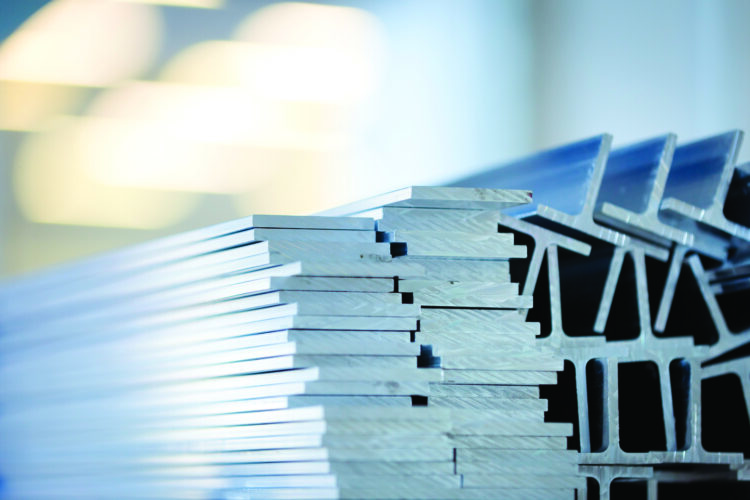Choose Wisely When Welding Aluminum
Material condition and shielding gas selection are key considerations for successful aluminum joining By Fred Schweighardt, national project leader, advanced fabrication technologies, Airgas, an Air Liquide company, Houston, Tex. Reprinted with permission: The AWS Welding Journal Due to its lightweight strength and corrosion resistance, aluminum is a popular material in general industrial applications — Fig. 1. These characteristics make aluminum a desirable material when the reduction of weight leads to lower vehicle emissions. As a result, it is an ever-increasingly sourced component of fuel-efficient road transportation. There are numerous aluminum chemical compositions, each designed for a particular service condition and structural load.
Fig. 1 – Aluminum is a popular material in general industrial applications due to its lightweight strength and corrosion resistance, making it a suitable material for helping to lower vehicle emissions.
- Consider using nitrogen instead of helium in your shielding gas mixes when welding aluminum.
- Gas purity should be maintained to AWS standards; a shielding gas product with less than 3 PPM of moisture and 5 PPM of O2 content is recommended.
- If any sort of machining operation is used to prepare the base metal, remove any residual lubricants.
- Carefully check sheared aluminum to ensure the edge is not “smeared,” trapping oxides and other contamination on the edge to be welded.
- When preparing to weld aluminum, store raw material properly, preferably indoors.















